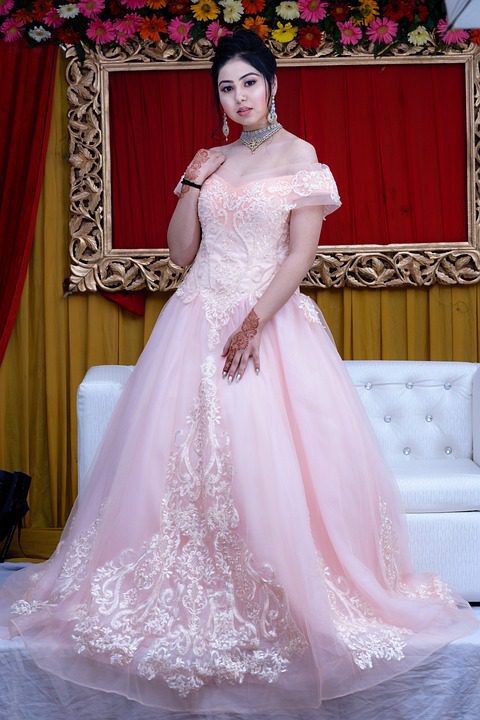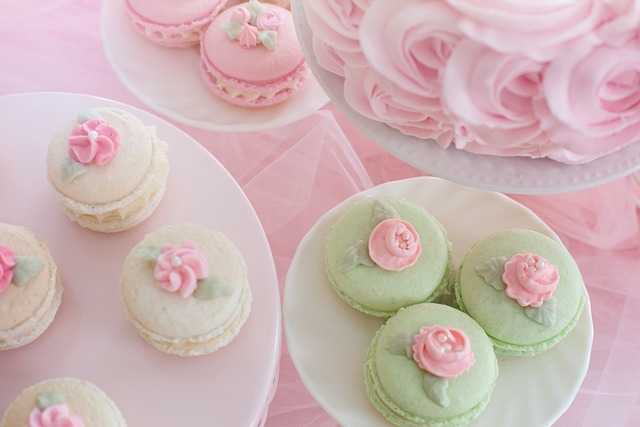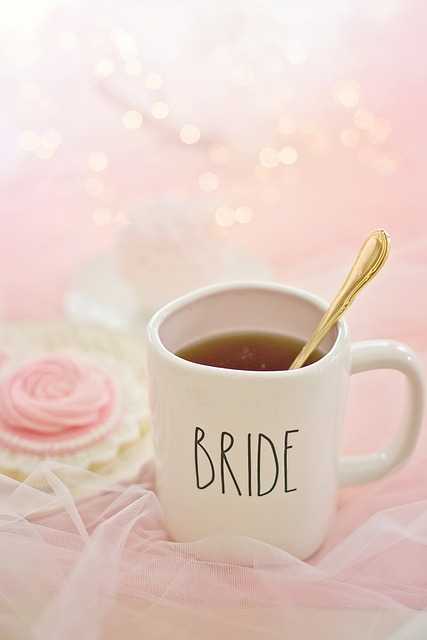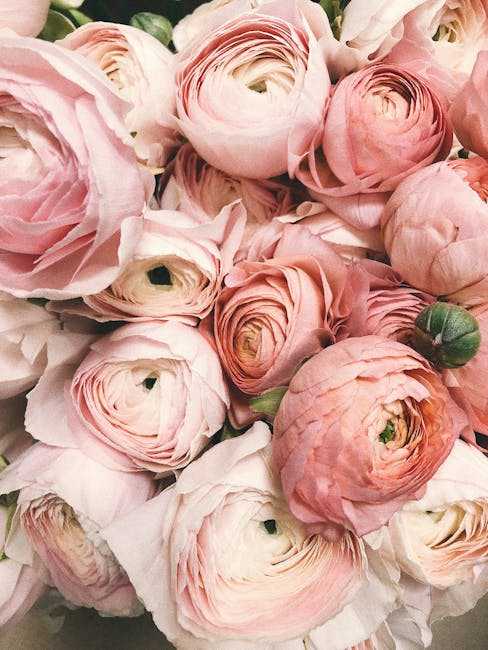The Complete Guide to Bridal Indian Jewelry: From Traditional to Contemporary
The Complete Guide to Bridal Indian Jewelry: From Traditional to Contemporary
Introduction
Indian weddings are known for their extravagant and opulent celebrations, and one of the most crucial elements of any Indian bride’s ensemble is her jewelry. Bridal Indian jewelry holds a significant cultural and traditional value and is a reflection of the richness and diversity of Indian heritage. From traditional to contemporary designs, bridal Indian jewelry encompasses a wide range of styles, each with its unique significance and symbolism.
In this complete guide to bridal Indian jewelry, we will explore the various types of jewelry worn by Indian brides, the cultural and religious significance of each piece, and the evolving trends in bridal jewelry. Whether you are a bride-to-be, a jewelry enthusiast, or simply interested in Indian culture, this guide will provide valuable insights into the world of bridal Indian jewelry.
Traditional Indian Bridal Jewelry
Traditional Indian bridal jewelry is deeply rooted in centuries-old traditions and customs, with each piece carrying its significance and symbolism. These timeless pieces are often passed down through generations, signifying continuity and familial heritage.
One of the most iconic pieces of traditional Indian bridal jewelry is the Maang Tikka. This ornamental piece is worn on the bride’s forehead, at the parting of her hair, and is believed to represent the union of the bride and groom. The Maang Tikka is often adorned with intricate designs, precious gemstones, and delicate detailing, adding a touch of elegance to the bride’s ensemble.
Another essential piece of traditional Indian bridal jewelry is the Nath, which is a nose ring worn by brides from various regions of India. The Nath holds cultural significance and is believed to symbolize the bride’s marital status and prosperity. It is often crafted in gold and embellished with pearls, diamonds, or gemstones, making it a striking addition to the bride’s jewelry collection.
The Haar, or statement necklace, is another indispensable element of traditional Indian bridal jewelry. These elaborate necklaces are crafted in a variety of designs, ranging from intricately detailed chokers to long, layered necklaces, and are adorned with precious gemstones, pearls, and intricate meenakari work. The Haar is a symbol of grace and beauty and is a focal point of the bride’s attire.
The Kamarbandh, or waistband, is a traditional Indian bridal jewelry piece worn around the bride’s waist. This ornate accessory is often crafted in gold and embellished with precious gemstones, adding a touch of glamour to the bride’s attire. The Kamarbandh is believed to enhance the bride’s feminine charm and is a symbol of marital bliss and prosperity.
Contemporary Indian Bridal Jewelry
In recent years, there has been a significant shift towards contemporary designs and modern interpretations of traditional Indian bridal jewelry. Brides are now opting for more versatile and innovative pieces that reflect their personal style and preferences while still maintaining cultural significance.
Contemporary Indian bridal jewelry often incorporates elements of traditional designs with a modern twist, creating a fusion of timeless elegance and contemporary appeal. For example, modern brides are choosing statement Maang Tikkas with minimalistic designs and unconventional placements, such as on the side of the head or as a hair accessory.
Ear cuffs and ear crawlers have also gained popularity as contemporary bridal jewelry pieces, offering a modern alternative to traditional earrings. These innovative designs add a touch of edginess to the bridal ensemble while still complementing the overall look.
Multi-layered, statement necklaces with detachable components are another trend in contemporary Indian bridal jewelry. Brides can mix and match different necklace elements, creating a versatile and customizable jewelry set that can be worn for various events and occasions.
The rise of destination weddings has also influenced the evolution of bridal Indian jewelry, with lightweight and travel-friendly jewelry becoming increasingly popular. Brides are opting for delicate and minimalist designs that are easy to pack and versatile enough to be worn with different outfits.
Significance and Symbolism of Bridal Indian Jewelry
Bridal Indian jewelry is deeply rooted in cultural and religious symbolism, with each piece holding its unique significance and meaning. Understanding the symbolism behind each piece of jewelry adds an extra layer of emotional and cultural relevance to the bride’s ensemble.
For example, the chooda, or bridal bangles, worn by Punjabi brides, symbolize marital bliss and prosperity and are traditionally worn for a specific period after the wedding. The color and design of the chooda have cultural significance and are often chosen based on traditional customs and rituals.
The toe rings, or Bichhiyas, worn by Indian brides, are believed to have health benefits and are associated with the concept of Ayurveda. In addition to their cultural significance, toe rings symbolize the bride’s marital status and are often adorned with intricate designs and embellishments.
The Mangalsutra, a sacred necklace worn by married women in India, is perhaps one of the most significant pieces of bridal jewelry. It symbolizes the bond between the bride and groom and is believed to protect the couple from evil forces. The design and ornamentation of the Mangalsutra vary based on regional customs and cultural traditions.
The changing trends in bridal Indian jewelry do not diminish the cultural and symbolic significance of these timeless pieces. Instead, they offer brides the opportunity to express their individuality while still upholding the values and traditions associated with these sacred ornaments.
Choosing Bridal Indian Jewelry
Selecting the right bridal Indian jewelry is a deeply personal and emotional experience for every bride. It involves careful consideration of cultural traditions, personal preferences, and the overall bridal ensemble. Whether opting for traditional pieces or contemporary designs, brides should keep a few essential factors in mind when choosing their bridal Indian jewelry.
First and foremost, understanding the cultural and symbolic significance of each piece of jewelry is crucial in making an informed decision. Brides should research the historical and cultural background of the jewelry they intend to wear, ensuring that they appreciate the deep-rooted traditions and customs associated with each piece.
Additionally, brides should consider the overall theme and style of their wedding attire when choosing their bridal Indian jewelry. Traditional bridal ensembles, such as a red lehenga or saree, may call for classic and elaborate jewelry designs, while contemporary bridal outfits may pair well with minimalist and sleek jewelry styles.
Budget is another important consideration when selecting bridal Indian jewelry. Traditional Indian jewelry is often crafted in gold, adorned with precious gemstones, and can be quite pricey. Brides should establish a budget for their bridal jewelry and explore a variety of options to find pieces that are both beautiful and within their financial means.
Finally, brides should consider the versatility and wearability of their bridal Indian jewelry. While certain traditional pieces may hold cultural significance, brides should also think about how wearable and adaptable the jewelry will be for other occasions post-wedding.
In conclusion, bridal Indian jewelry holds a profound cultural and traditional significance and encompasses a wide range of timeless and contemporary designs. From traditional pieces with deep-rooted symbolism to modern interpretations that reflect personal style, bridal Indian jewelry offers brides the opportunity to express their individuality while still respecting age-old customs and traditions. By understanding the cultural, symbolic, and aesthetic elements of bridal Indian jewelry, brides can make informed and meaningful choices when selecting their wedding jewelry, ensuring that each piece holds personal and cultural significance.
The Complete Guide to Bridal Indian Jewelry: From Traditional to Contemporary aims to provide valuable insights into the world of bridal Indian jewelry, catering to brides-to-be, jewelry enthusiasts, and individuals interested in Indian culture. Whether embracing timeless traditions or exploring innovative designs, brides can find inspiration, understanding, and appreciation for the rich and diverse heritage of bridal Indian jewelry.
















